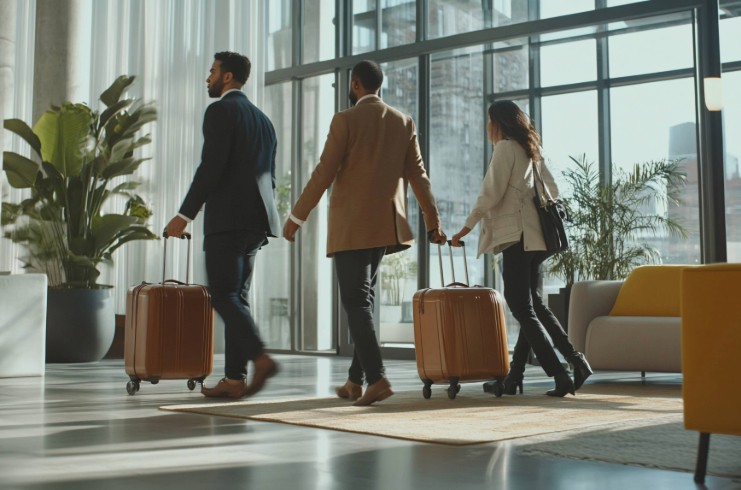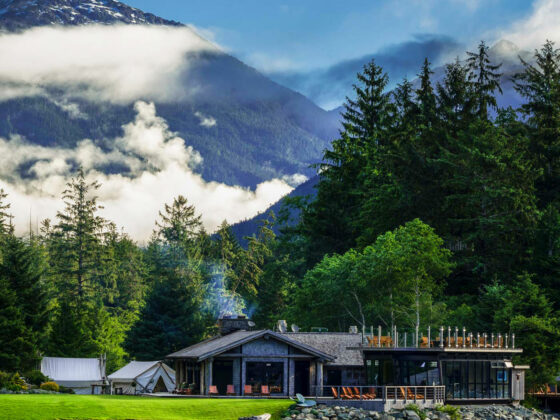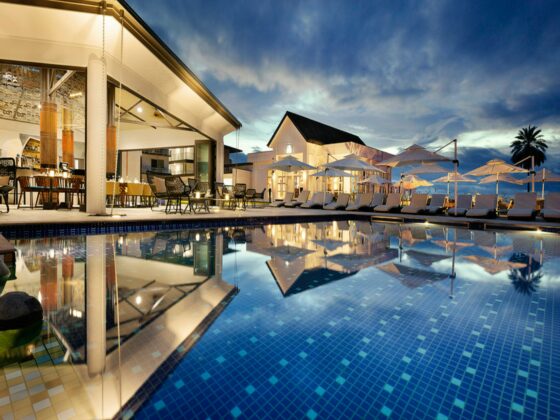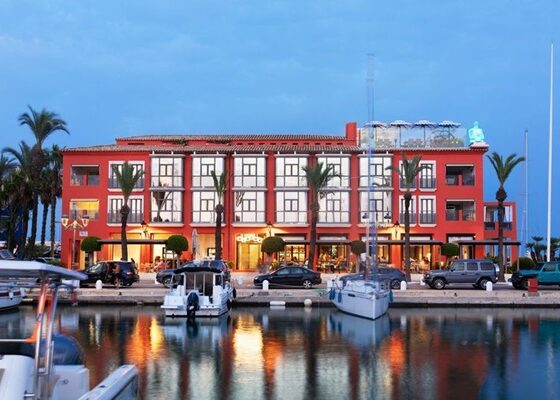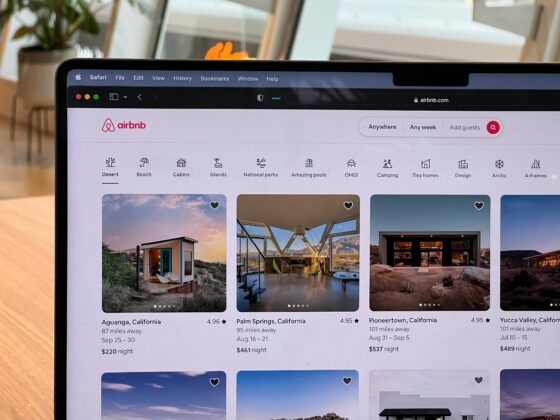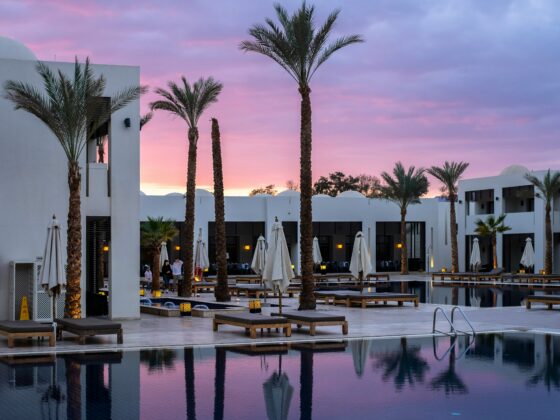
When remote access is an operational necessity, opt for systems that easily allow for quick disconnection from internet when the service is not needed.
6. Compliance Without Compromise
Compliance with energy codes, such as time-switch controls, automatic shutoff, and occupancy sensors, is essential. However, it’s equally important to consider how these technologies impact the guest experience. Implementing solutions that are both energy-efficient and guest-friendly is key.
- Motion Sensors: Basic motion sensors can save energy but risk disrupting guest comfort. For instance, a standalone sensor might inadvertently turn off lights or adjust temperature during a guest’s deep sleep. Advanced sensors with sleep mode recognition can prevent this, ensuring guests remain comfortable while conserving energy.
- Occupancy-Based Systems: Smart lighting and HVAC systems that use delayed off features or door sensors to detect guest presence can efficiently manage energy use without compromising comfort.
7. Minimizing Installation Costs
Installation can be a significant expense, especially for existing buildings. Choosing the right technology helps manage both guest experience and overall project costs.
- Wireless vs. Wired Systems: Wireless technology is often more affordable and less labor- intensive to install than wired systems, which require extensive cabling and potential structural modifications. Wireless mesh networks are particularly advantageous, as they eliminate the need for a central hub, reducing complexity and costs.
- Factory Pre-Programmed Systems: Opting for pre-programmed systems can also cut costs. These systems are ready to install out-of-the-box, eliminating the need for costly on-site programming or commissioning, speeding up installation, and reducing the risk of errors.
8. Balancing Compliance, Cost, and Guest Comfort
Striking the right balance between energy code compliance, cost control, and guest satisfaction is crucial. Technologies that minimize structural impact, ensure a swift installation, and enhance guest comfort can help you navigate this balance effectively.
Conclusion: The Path to Success
Meeting energy efficiency codes in hotel guest rooms doesn’t have to break the bank. By focusing on strategic planning, understanding building conditions, prioritizing guest experience, and carefully selecting cost-effective technologies, hoteliers can achieve compliance while enhancing their property’s appeal.
The right IoT solution not only ensures compliance and reduces environmental impact but also maintains a high level of guest comfort. With thoughtful implementation, these solutions can help transform the challenge of new energy regulations into an opportunity for innovation and improved guest satisfaction— all while keeping your bottom line intact.
About Fabio Zaniboni
Fabio Zaniboni is a technology leader with over two decades of experience in the Internet of Things (IoT), digital transformation, and sustainable innovation, particularly in the lighting industry. His career, including roles at Emerson Electric and Comau Robotics, has given him a global perspective and market insights. Leading an R&D team, Fabio integrates advanced technologies to enhance building efficiency, sustainability, and user experience. His research on how factors like light, sound, and air affect well-being is driving smarter, more sustainable building solutions. Known for transforming complex technologies into scalable applications, Fabio partners with global organizations to foster digital innovation and sustainability in the built environment. For more about BubblyNet visit https://bubblynet.com/.

